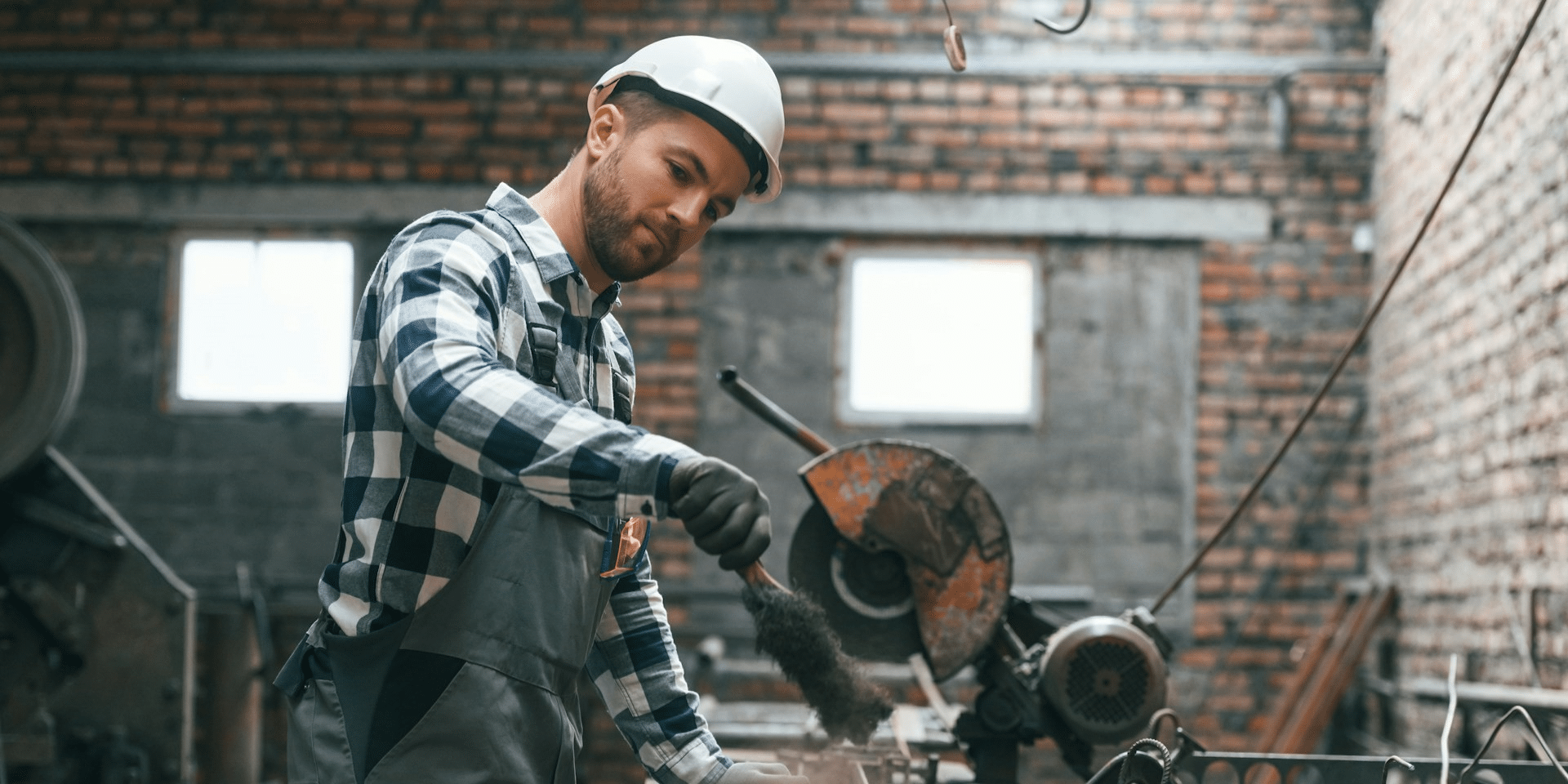In the bustling landscape of modern architecture, commercial buildings stand as iconic symbols of progress and innovation. From sleek glass facades to sturdy stone exteriors, the choices in building claddings play a pivotal role not only in the aesthetic appeal but also in the functionality and sustainability of these structures. Join us on a captivating journey as we delve into the diverse types of commercial building claddings that shape our urban landscapes.
The Versatility of Glass Claddings
Glass claddings have long been favored by architects for their ability to create visually striking and contemporary designs. From towering skyscrapers to trendy retail spaces, glass exudes an aura of sophistication and modernity. One of the key advantages of glass claddings is their versatility in allowing natural light to permeate the interior spaces, creating bright and airy environments that enhance productivity and well-being.
However, not all glass is created equal. Various types of glass, such as tempered, laminated, and insulated, offer different properties in terms of strength, safety, and thermal efficiency. Tempered glass, for instance, undergoes a special heat treatment that increases its strength and durability, making it ideal for high-rise buildings exposed to strong winds and seismic activity.
Moreover, advancements in glass technology have led to the development of energy-efficient glazing systems that reduce heat transfer and minimize reliance on artificial lighting and heating. Low-emissivity coatings and double-glazed units are just some of the innovations that contribute to sustainable building practices and energy conservation.
In the realm of glass claddings, companies like Alteria are leading providers of cutting-edge solutions. Alteria are providers of Aluminium Battens and Cladding in Australia, offering innovative products that combine sleek design with superior performance.
The Timeless Elegance of Stone Claddings
In contrast to the transparency of glass, stone claddings evoke a sense of timelessness and permanence. Whether it’s the grandeur of marble or the rustic charm of granite, stone exudes a sense of luxury and sophistication that transcends architectural trends. From historic landmarks to contemporary office complexes, stone claddings lend a sense of prestige and durability to commercial buildings.
One of the key advantages of stone claddings is their durability and resistance to the elements. Unlike other materials that may deteriorate over time, stone ages gracefully, developing a unique patina that adds character to the building façade. Additionally, stone offers excellent thermal mass properties, helping to regulate indoor temperatures and reduce energy consumption.
However, it’s essential to consider the environmental impact of sourcing and transporting natural stone. Sustainable alternatives, such as engineered stone and recycled aggregates, offer comparable aesthetics while minimizing the ecological footprint. By embracing sustainable practices, architects and developers can create buildings that not only stand the test of time but also contribute to a more environmentally conscious future.
The Innovative Potential of Composite Claddings
As architects seek to push the boundaries of design and performance, composite claddings have emerged as a promising solution that combines the best of both worlds. Comprising a blend of materials such as metal, wood, and polymer composites, these innovative claddings offer a wide range of aesthetic possibilities while addressing practical considerations such as durability and maintenance.
One of the key advantages of composite claddings is their ability to mimic the look and feel of natural materials while offering enhanced performance characteristics. Whether it’s the warmth of timber or the sleekness of aluminum, composite materials can replicate the appearance of traditional claddings without the associated drawbacks, such as rotting or corrosion.
Moreover, composite claddings often feature integrated insulation and moisture barriers, improving the overall energy efficiency and weather resistance of the building envelope. With customizable finishes and textures, architects have the freedom to experiment with innovative designs that reflect the unique identity of each project.
To sum up, the world of commercial building claddings is a fascinating realm where form meets function, and innovation knows no bounds. From the timeless elegance of stone to the sleek sophistication of glass and the innovative potential of composite materials, architects have an array of options at their disposal to create buildings that not only captivate the eye but also stand the test of time. By embracing sustainable practices and pushing the boundaries of design, we can pave the way for a future where architecture harmonizes with nature and enriches the built environment for generations to come.
Published by: Holy Minoza







